If you’re making edibles at home, you have to decarb your weed. If you’re smoking flower from a bong, you have to decarb your weed. If you’re making tinctures for yourself, you have to decarb your weed. Every form of cannabis consumption that gets you high requires the decarboxylation of your weed. But what does that even mean?
Here are some tips for decarboxylating your weed, why you should do it, and the various ways to do it.
What is decarboxylation?
Decarboxylation, decarb for short, is the scientific process of activating the cannabis compounds that get you high. Though cannabis contains THC, it cannot get you high without first being converted from THCA. Decarbing your weed does this.
The same thing happens when CBDA is converted to CBD, though the effects are not the traditional high that you associate with consuming marijuana.
How decarboxylation happens
Decarboxylation happens through heat. It happens when a flame is applied to a bowl, when a lighter is used for a joint, when a flower vaporizer is heated to a certain temperature. Specifically, decarboxylation happens at a temperature of between 200 and 245 degrees Fahrenheit.
Different ways decarboxylation occurs:
- Put a flame to the flower
- Heat the flower with a vaporizer
- Bake it in the oven
- Heat it over the stove
- In a crockpot infusion
Decarboxylation also happens with age, and overexposure to oxygen. This is why your cannabis hits weaker after you leave it sitting around for months, or you leave it sitting out in the air/light for too long. The compounds you need have likely broken down into cannabinol (CBN), which will probably just make you sleepy.
Why should you decarboxylate your cannabis?
You can’t get high from cannabis if the THC isn’t activated. It’s really that simple. Without decarboxylating your flower, you cannot get the psychoactive benefits. This is why you cannot just take a bite out of a Platinum OG flower and feel sleepy, or a Green Crack flower and feel uplifted.
However, when you smoke or vape them, they make you feel all kinds of psychoactive effects. Decarboxylation is the reason.
Reasons to decarboxylate your weed:
- It activates the cannabis compounds that get you high
- It enables you to make homemade edibles with flower
- It allows you to take in all of cannabis’ health benefits
If you’re making homemade edibles, it’s imperative you decarboxylate your weed before infusing whatever butter, oil, or beverage you’re mixing up.
Ways to decarboxylate your cannabis flower for edibles
There are multiple ways that you can decarboxylate your cannabis. The most common, convenient, and practical is by baking it in an oven. However, some people opt to decarboxylate weed with a crockpot, in a double-boiler, or in a pot over the stove.
Ways to decarboxylate your weed for edibles:
- Bake it in the oven
- Heat it over the stove
- Use a double-boiler
- In a crockpot infusion
For the sake of ease, we’ll teach you the steps to decarboxylating your weed in the oven. The other methods take much longer; there’s no reason to make things harder than they have to be.
How to decarboxylate your weed in the oven
You probably already have everything you need at home. A baking sheet, some cannabis, and an oven are truly all you need.
Tools you need to decarboxylate weed in the oven:
- Cannabis
- A grinder
- A baking sheet
- Foil or parchment paper
- Oven
- Patience
Once you have all of the above, decarbing your weed is easy breezy.
Step 1: Preheat the oven to a temp between 220 and 245
It’s entirely up to you, but around 240 degrees is a good sweet spot for decarboxylating your weed. Don’t get too fire above this range, else you’ll burn your flower, instead of decarbing it. Charred flower is useless.
Step 2: Cover your baking sheet with foil/paper
This is where the foil or parchment paper comes in. Cover your baking sheet with it so that when you’re done with decarbing your flower, you can grab it all at once on the paper.
Step 3: Place your cannabis on the baking sheet
It’s up to you if you want to grind your weed before decarbing it or not. It is not entirely necessary, however it will make using the decarboxylated flower for edibles much easier. You’ll be able to stir ground weed into butter or oil much better than big chunks of it.
Step 4: Heat for 30-40 minutes
This is where the patience kicks in. Put the baking sheet of cannabis in the oven for about 30, 35 minutes. At this time, the THCA will begin conversions into THC, and decarboxylation will happen.
Note, when decarbing, it is quite likely your entire place will smell like weed. Your neighbors might smell it too.
Step 5: Let the cannabis sit and cool
After the period of oven baking, let the baking sheet cool for about 30 minutes. If you’ve properly decarboxylated your weed, it should have a somewhat brownish tint to it. It will look like weed that has been heated.
After the cooling period, your weed should be all ready to go for whatever homemade edible purpose you prepared it for. If you don’t use all of the weed, you can put it in a tupperware container and store it in a cool, dark cabinet for future use. The weed should be good to go for at least 3-6 months, sometimes longer.
Need a little more Bluntness in your life? Subscribe for our newsletter to stay in the loop.
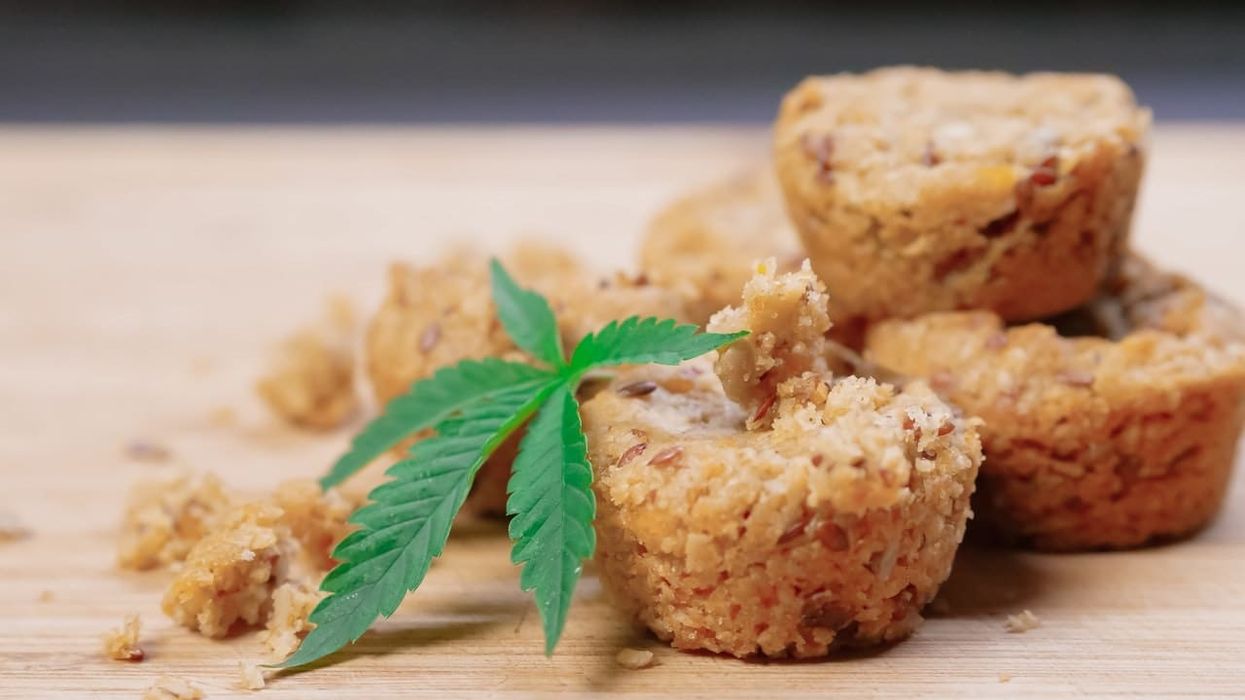

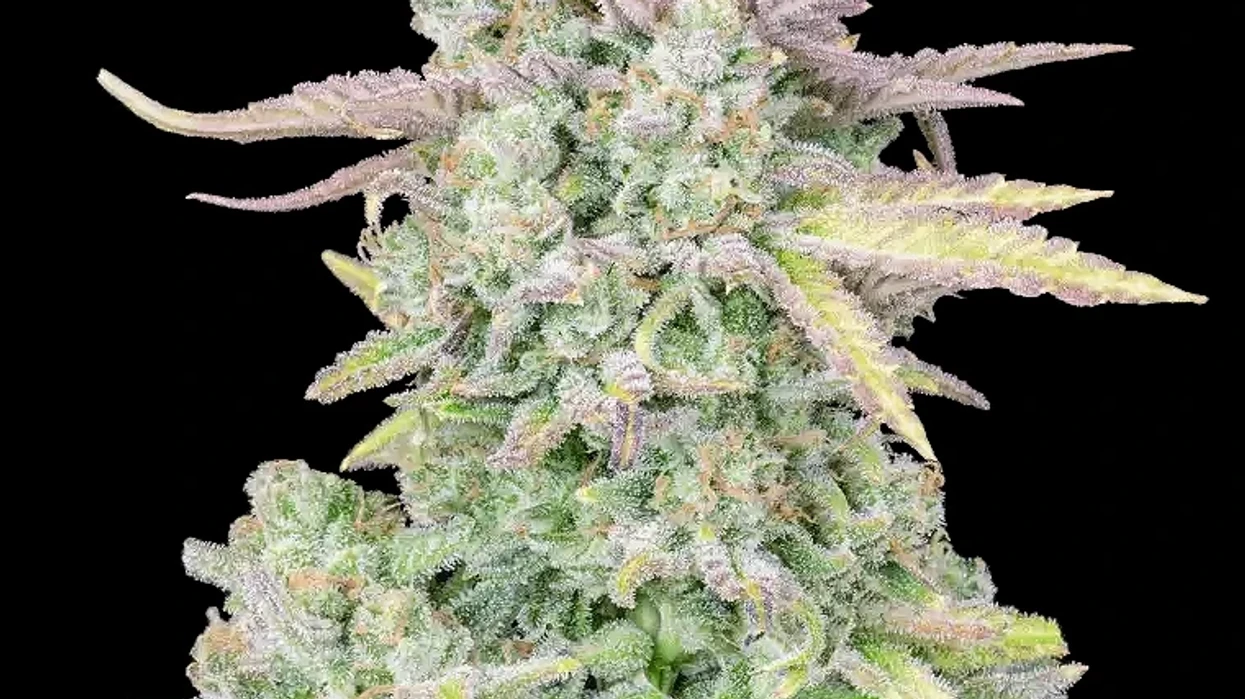
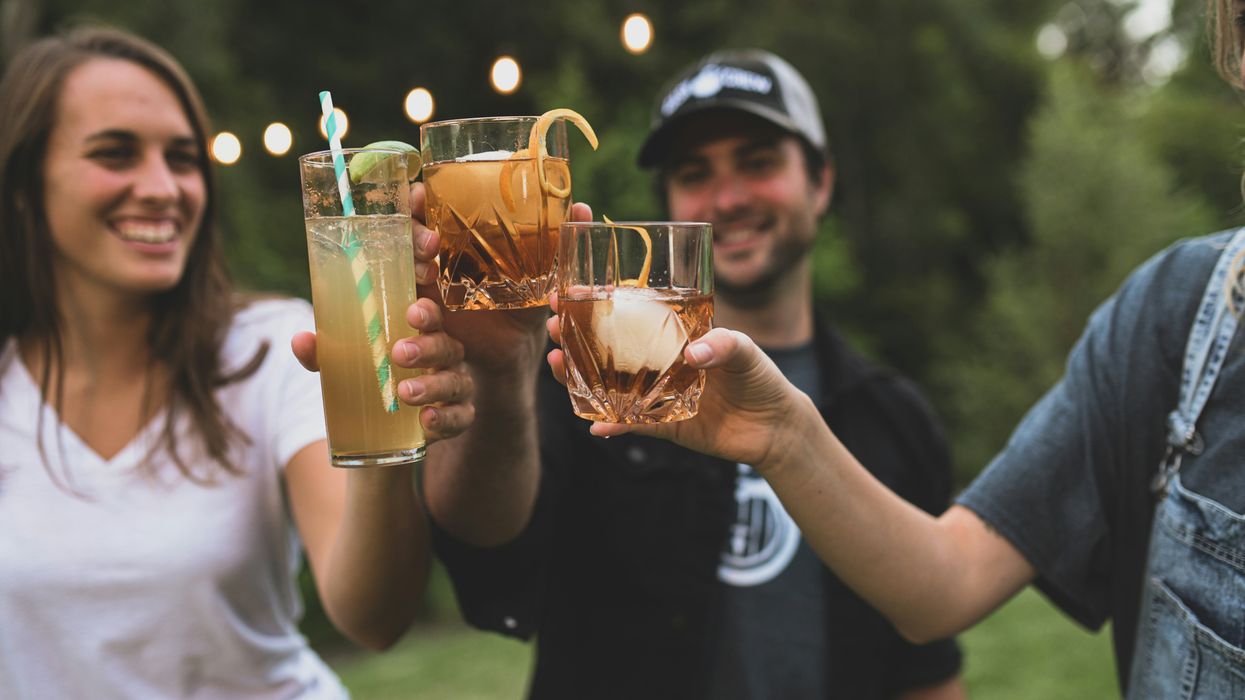
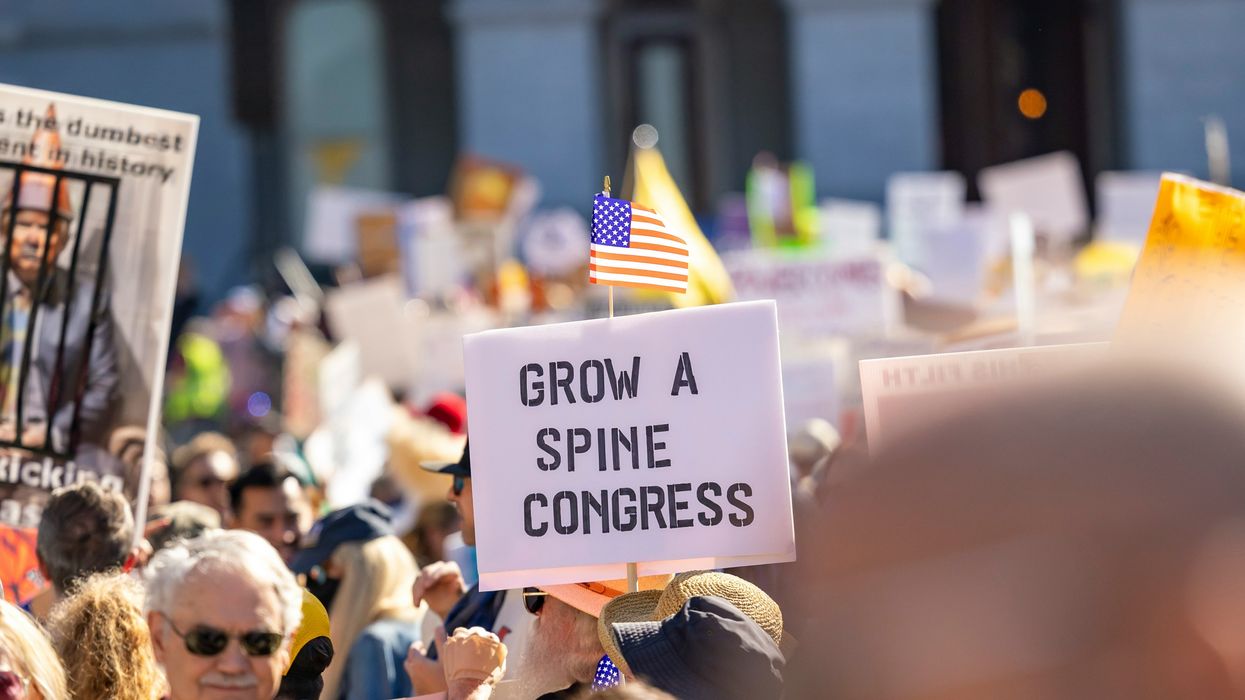
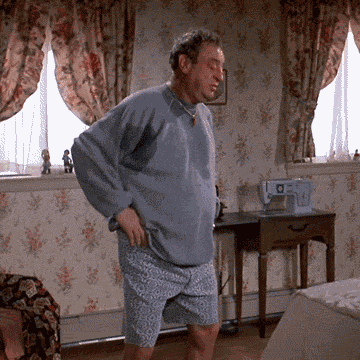
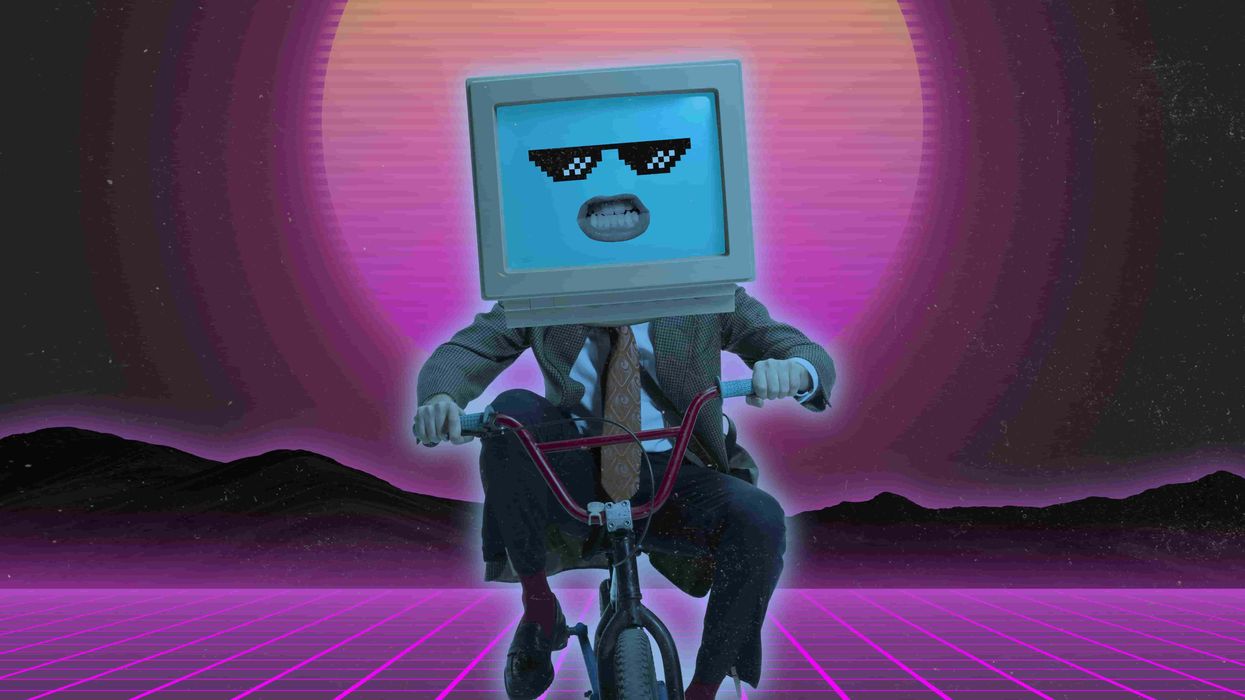
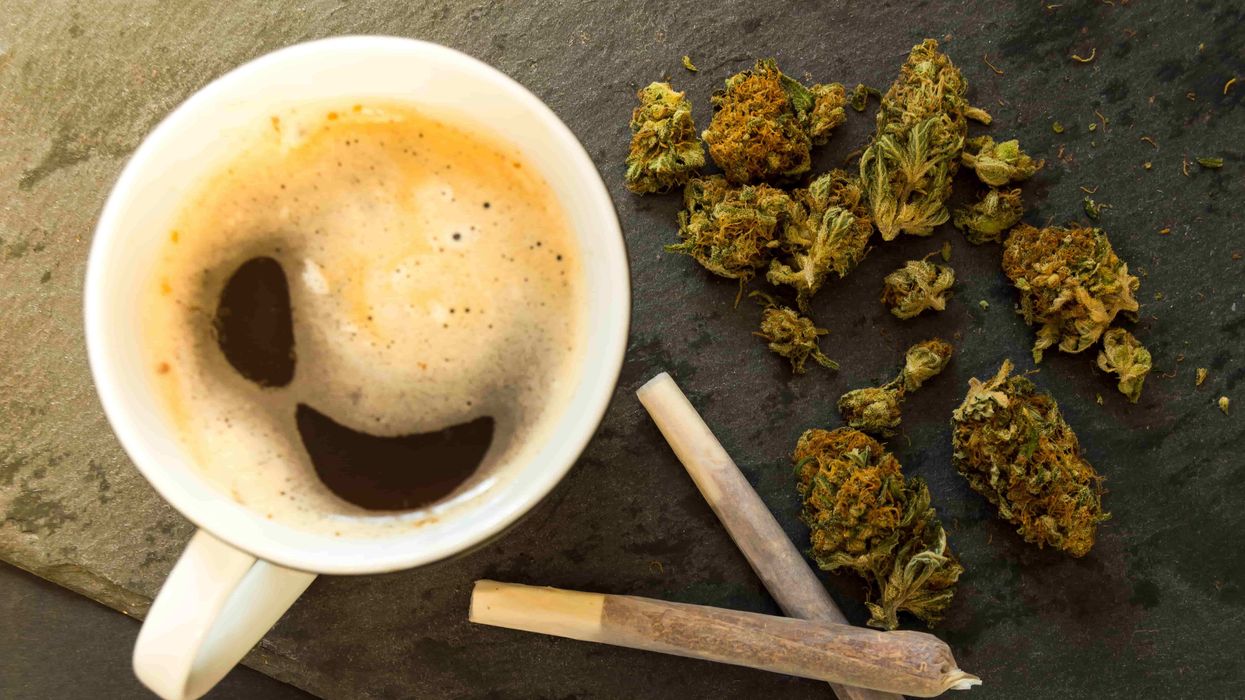
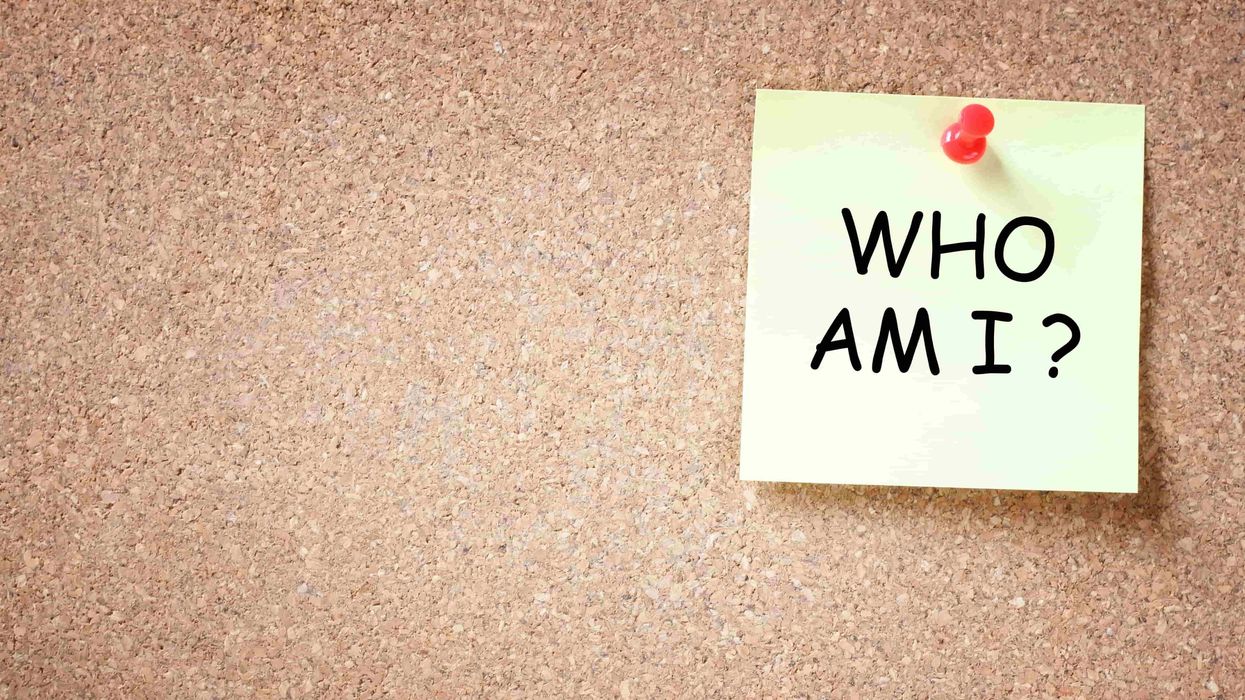
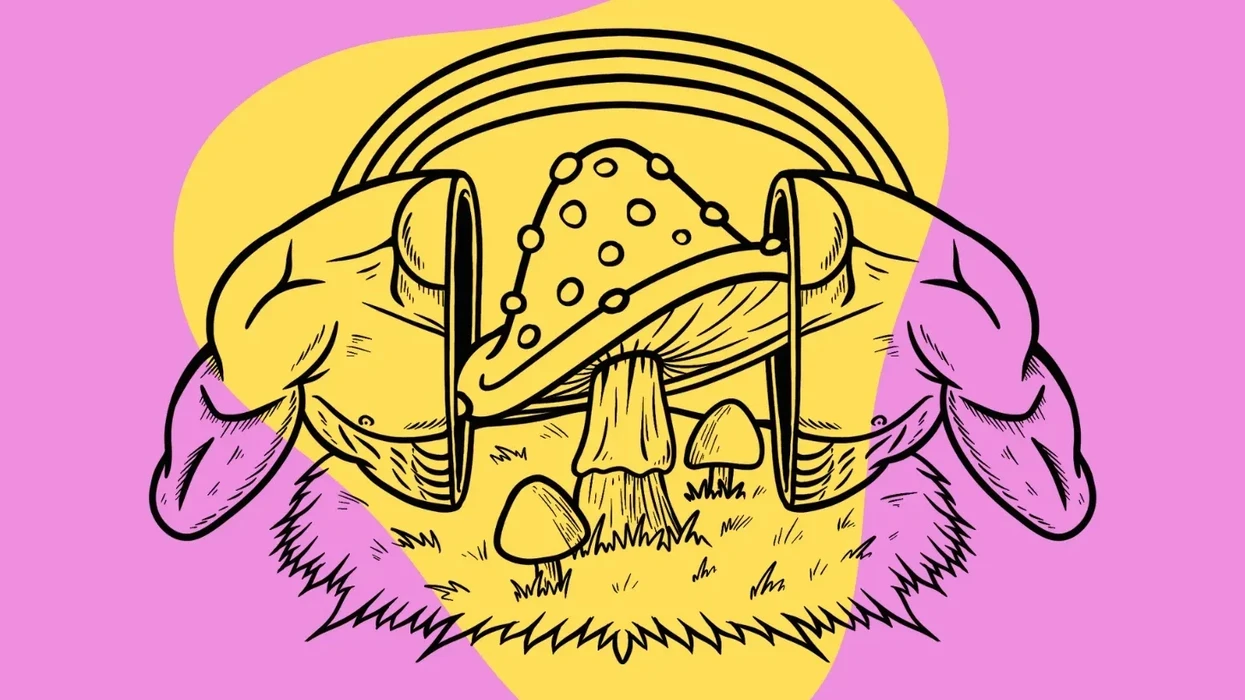
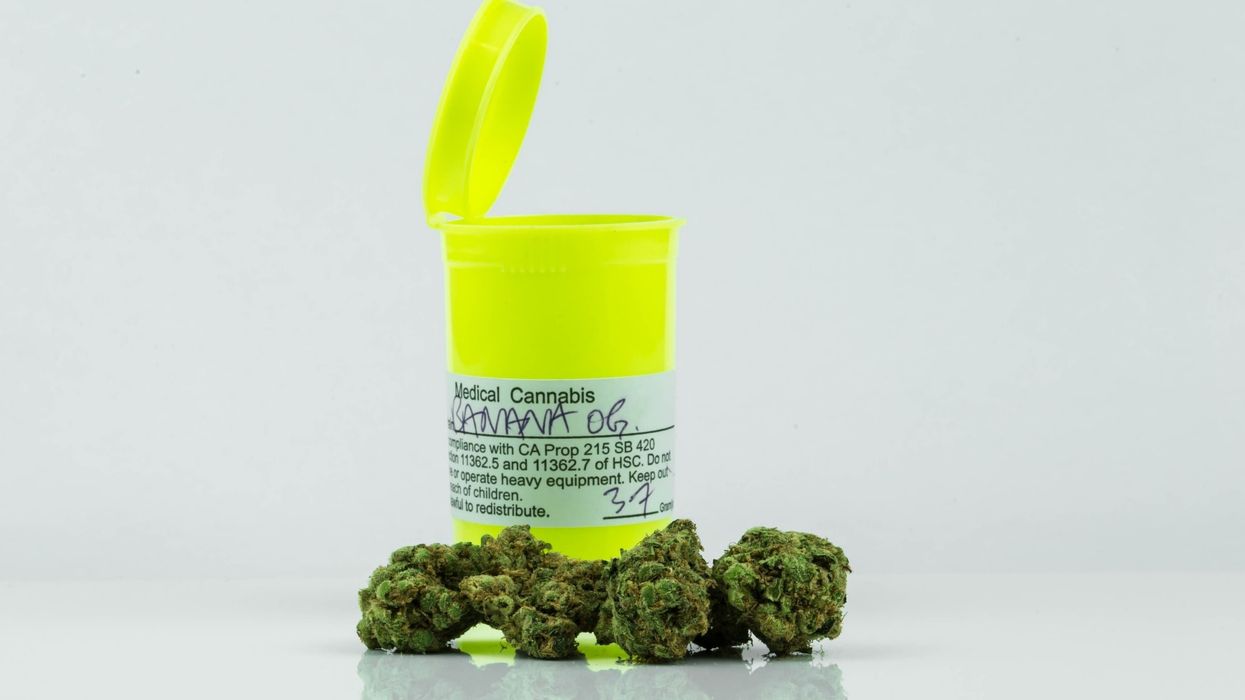
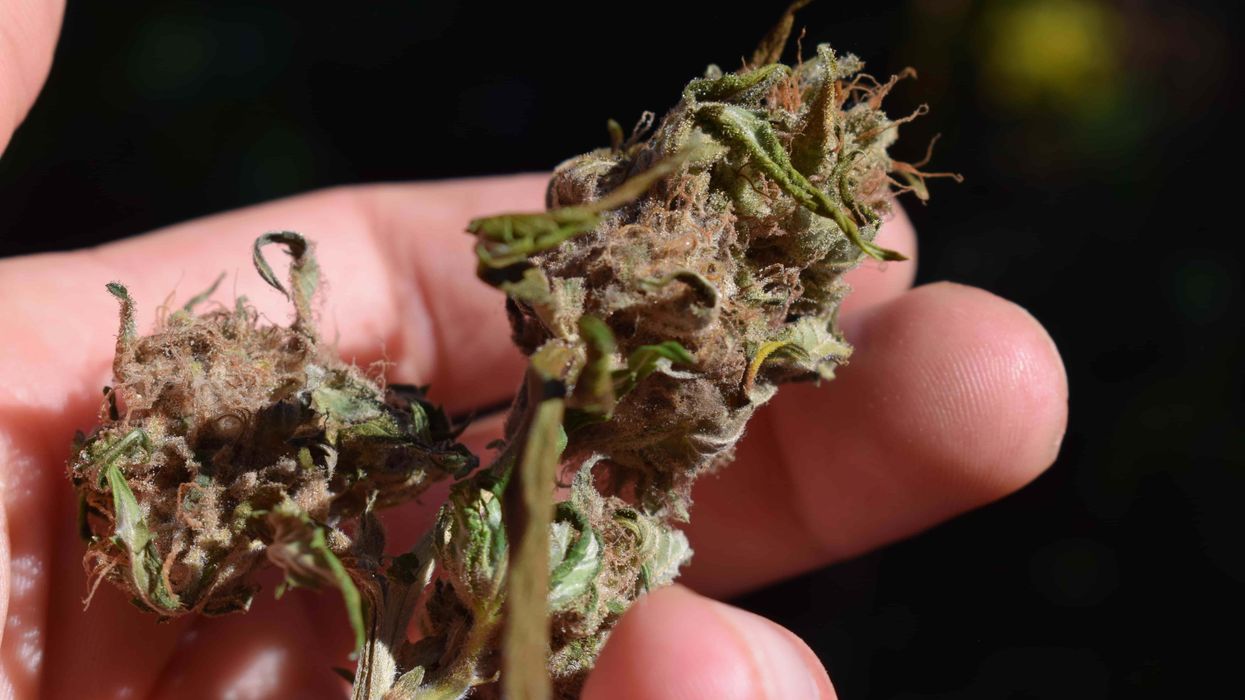
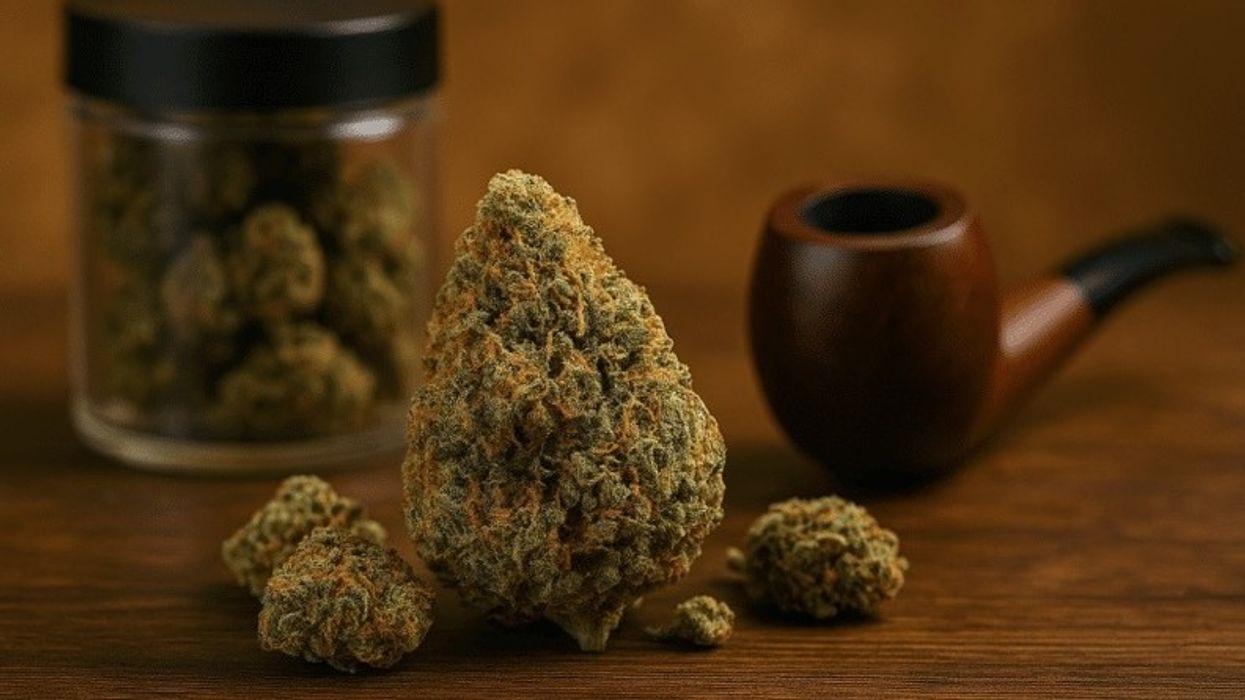
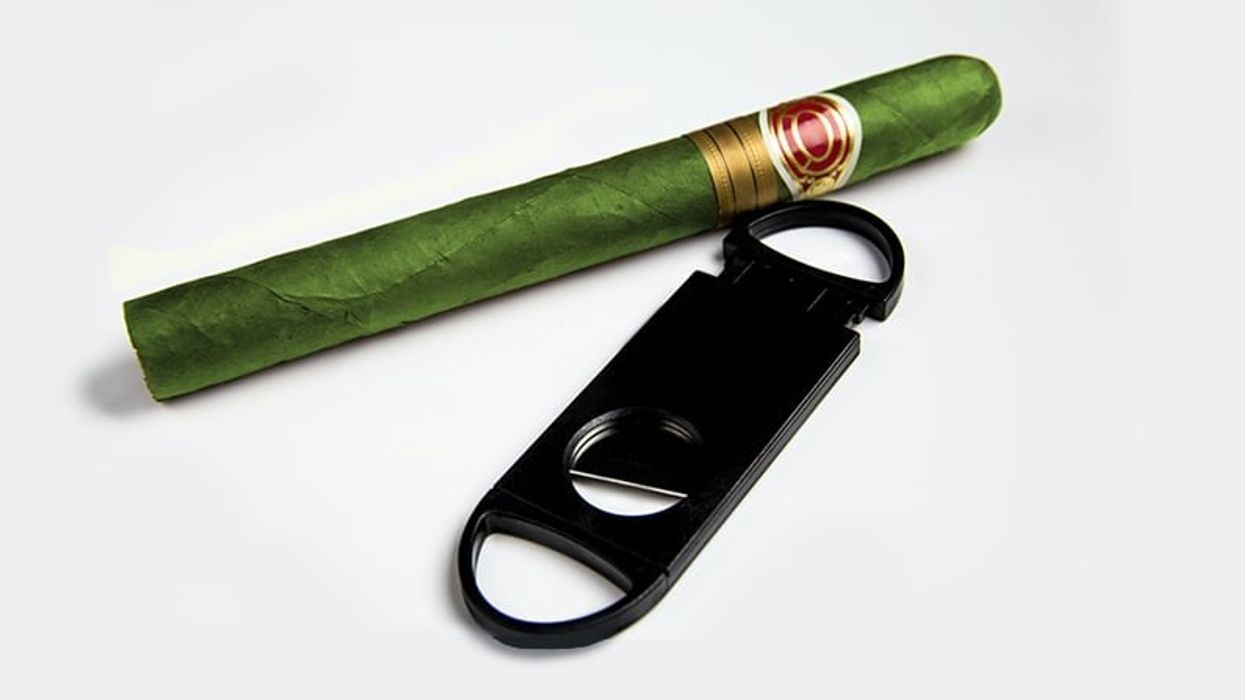
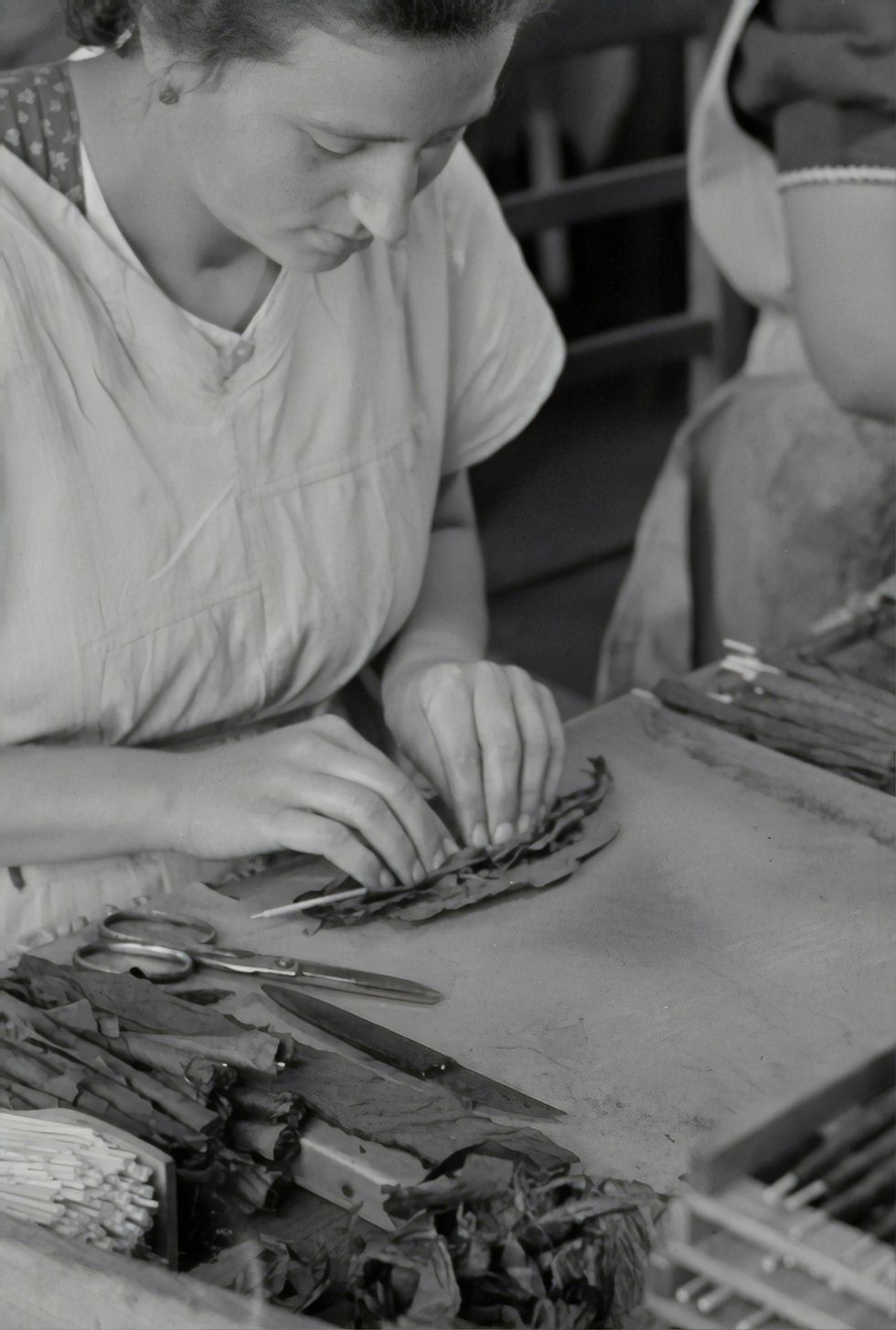 How to Make a Cannagar Without a Mold: A Comprehensive Guide - The Bluntness
Photo by
How to Make a Cannagar Without a Mold: A Comprehensive Guide - The Bluntness
Photo by 
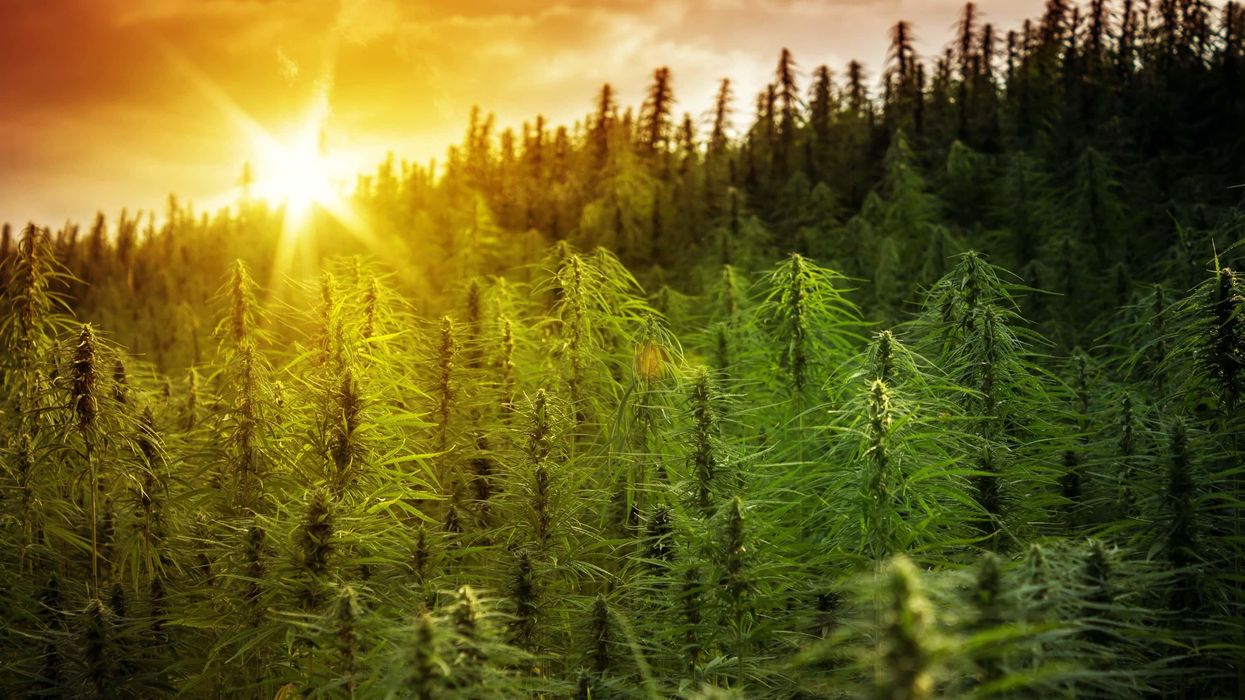
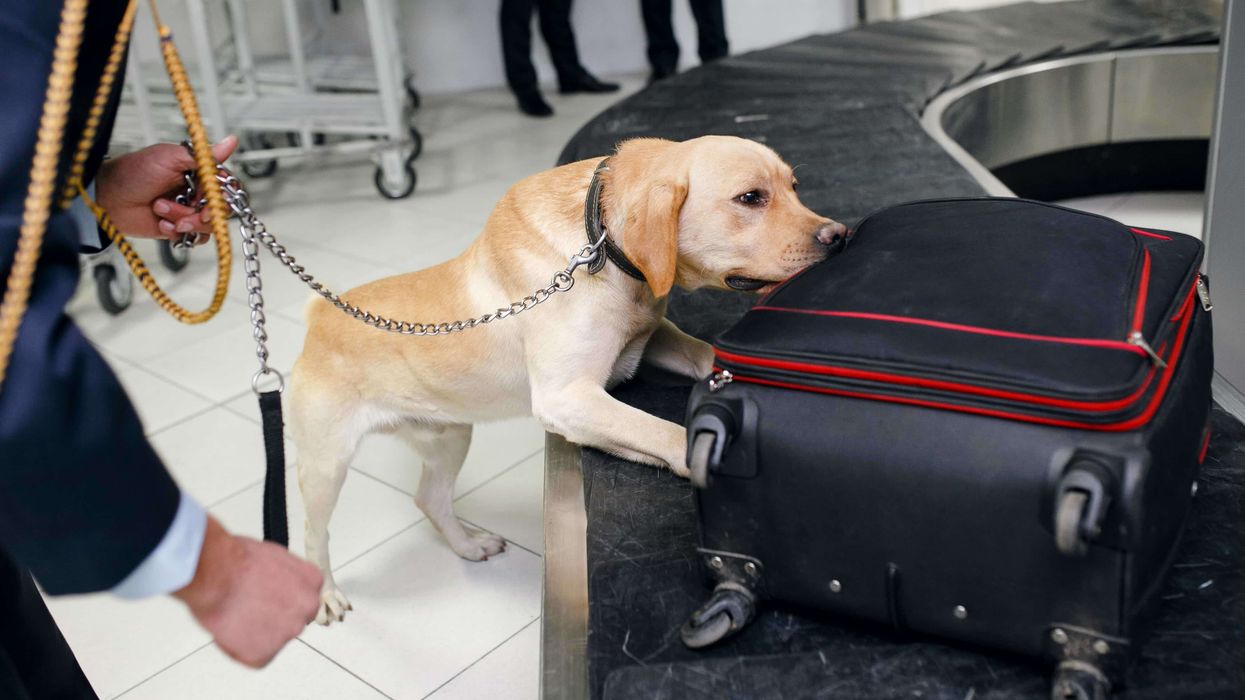
 Can Drug Dogs Smell Edibles? - The Bluntness
Photo by
Can Drug Dogs Smell Edibles? - The Bluntness
Photo by 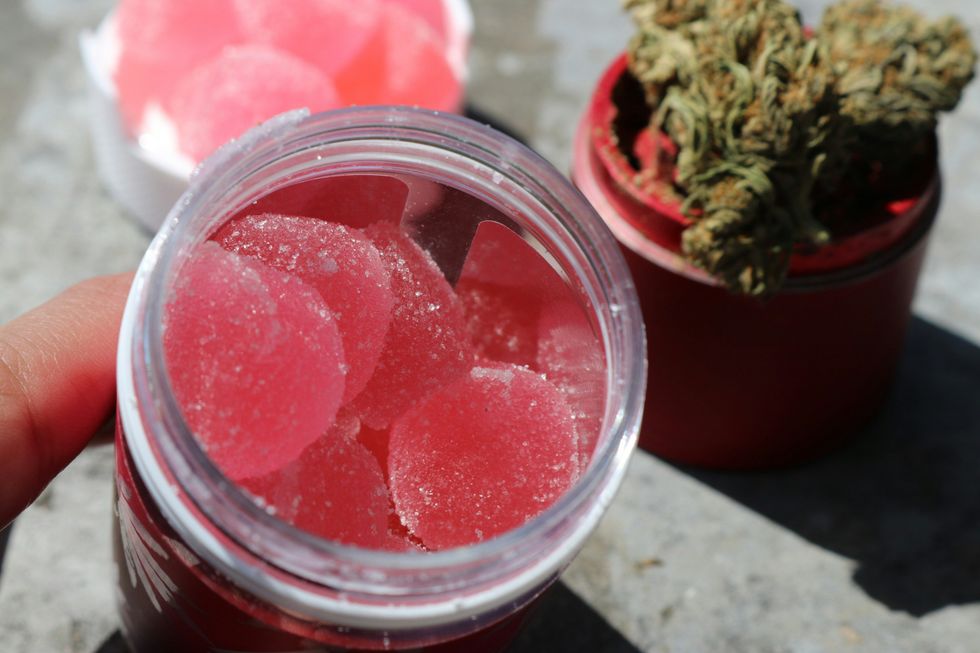 Can Drug Dogs Smell Edibles? - The Bluntness
Photo by
Can Drug Dogs Smell Edibles? - The Bluntness
Photo by